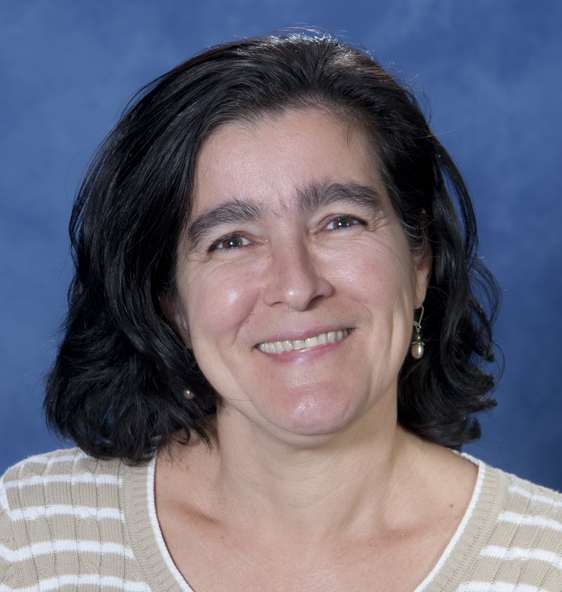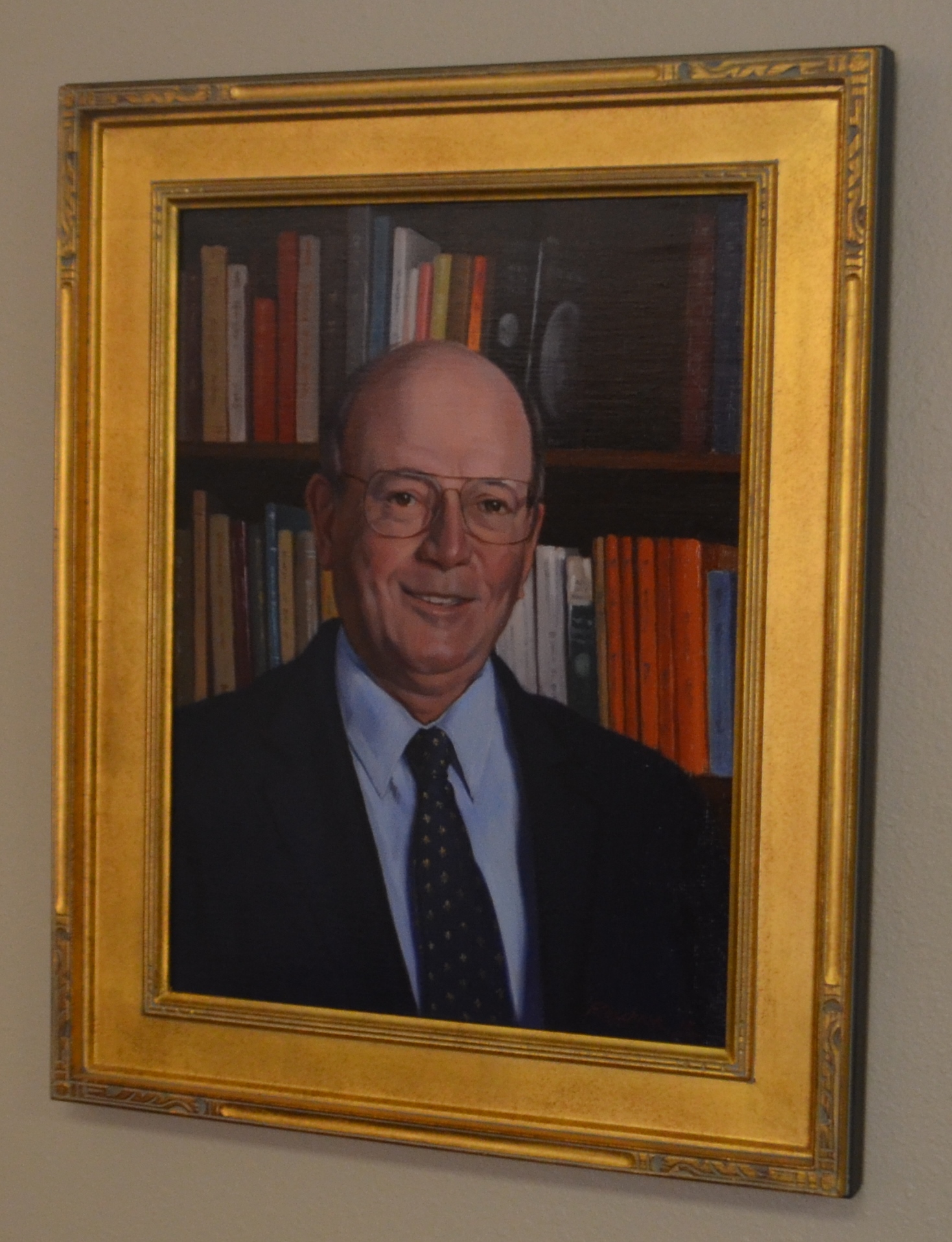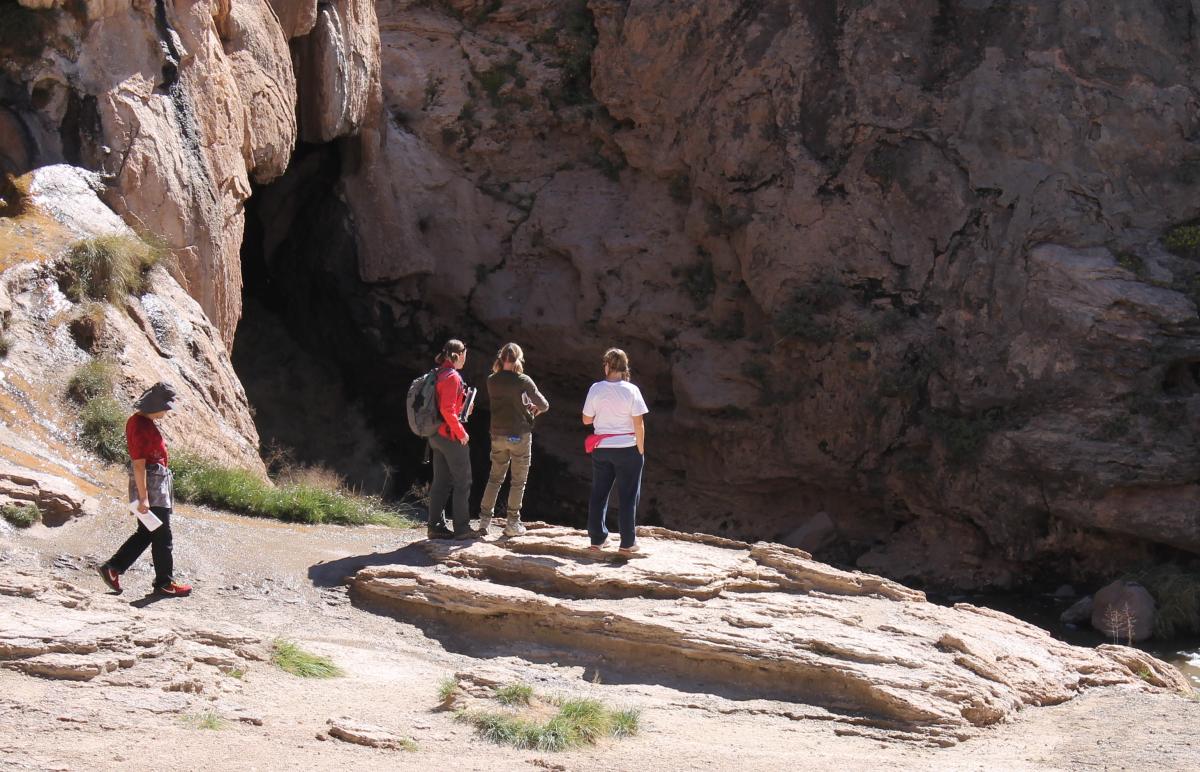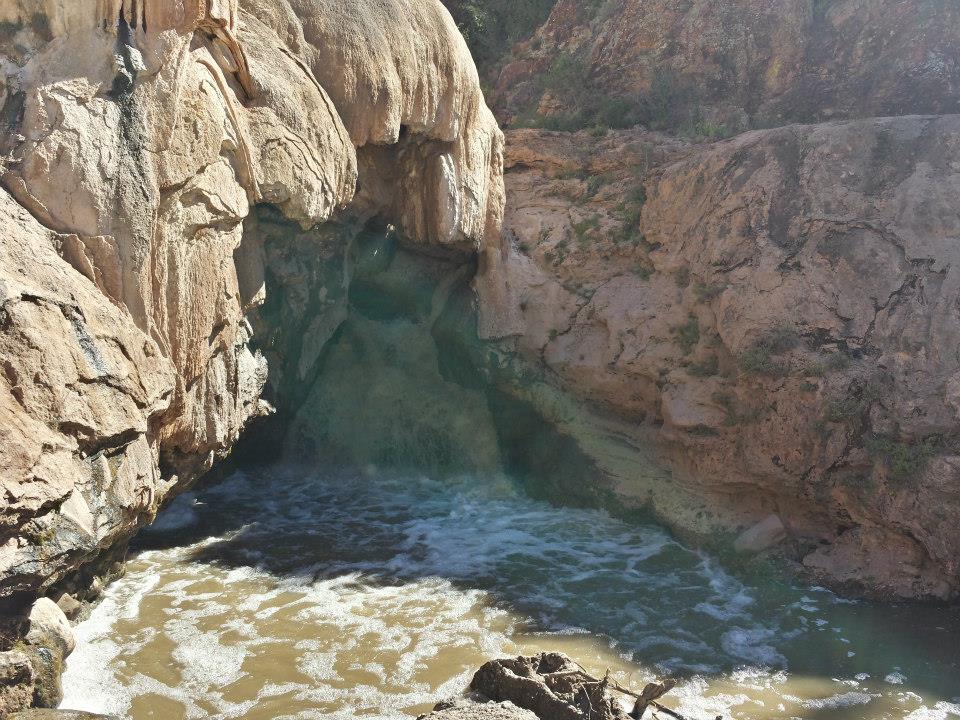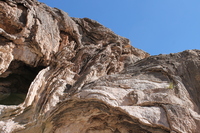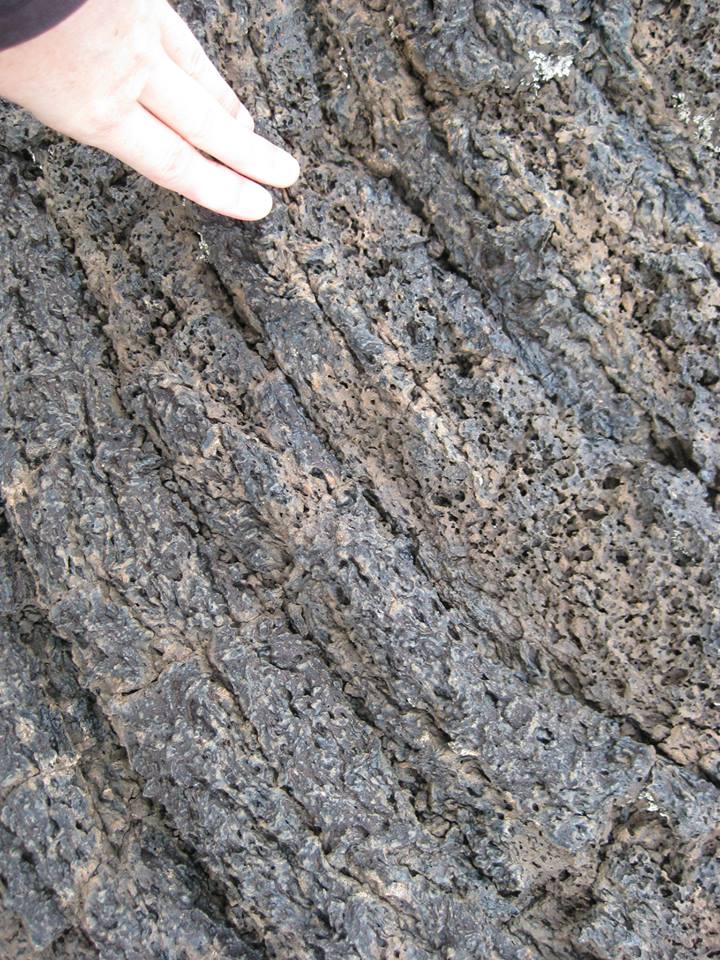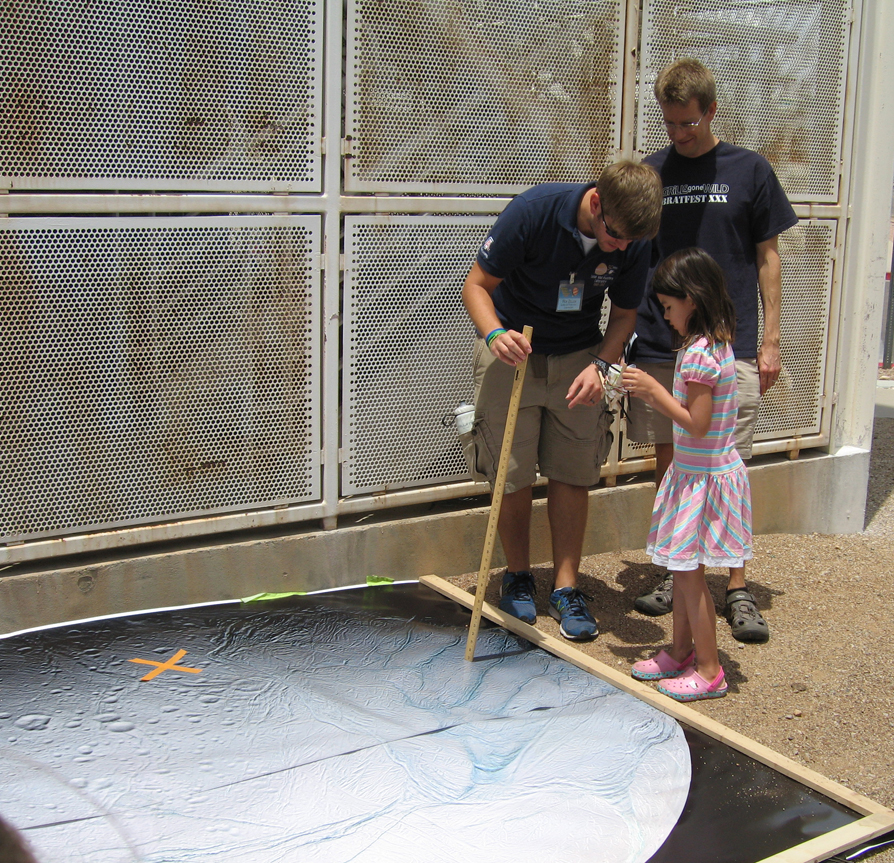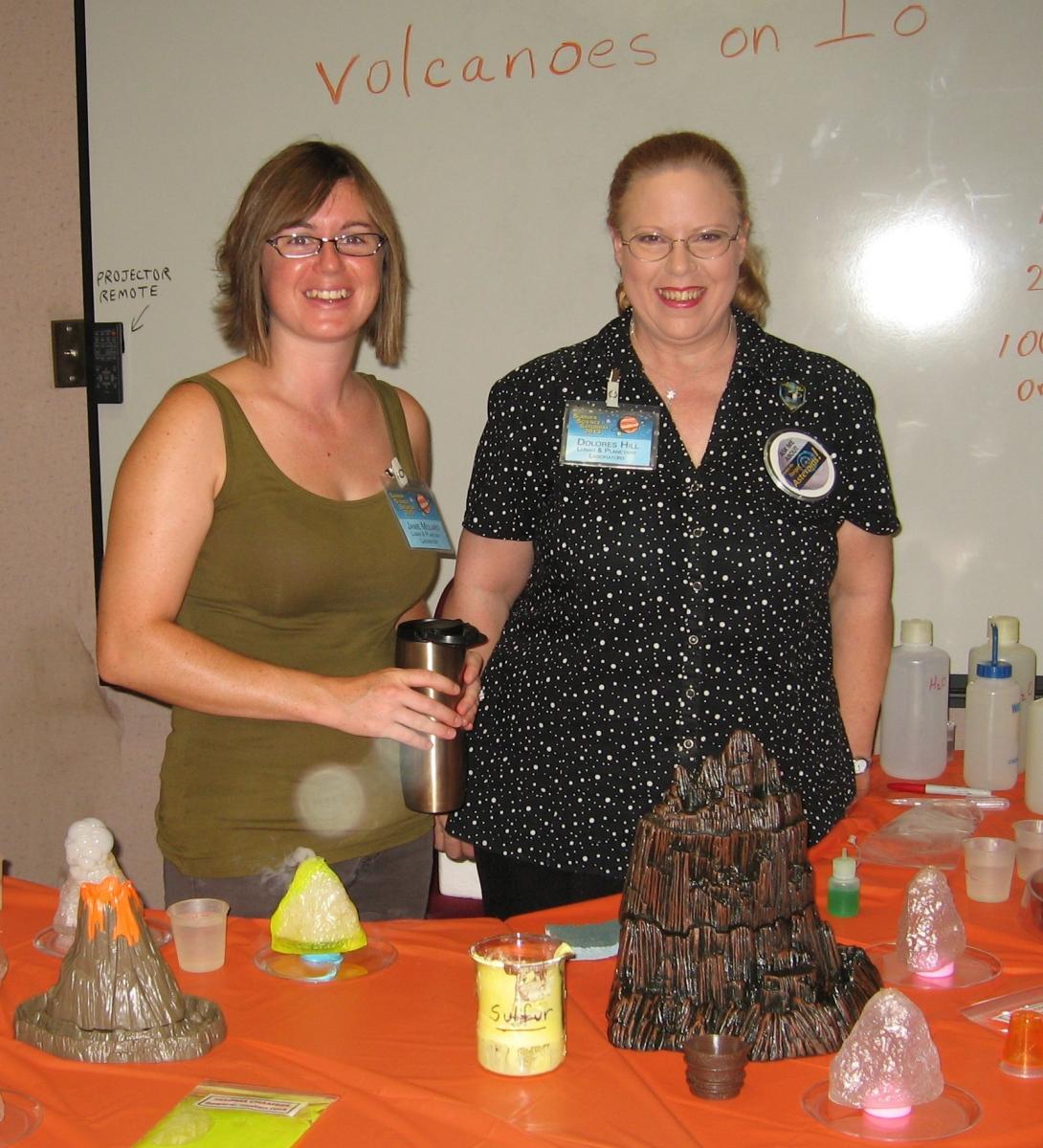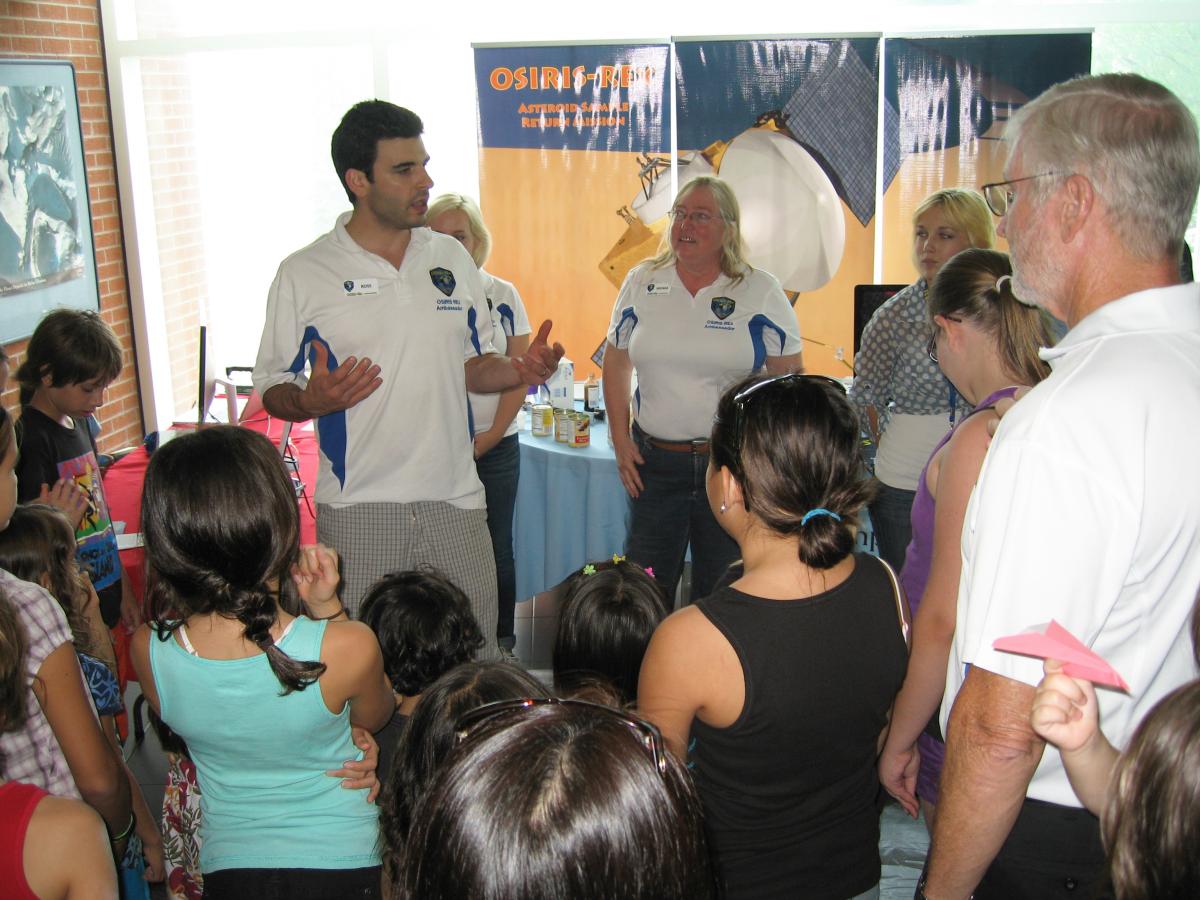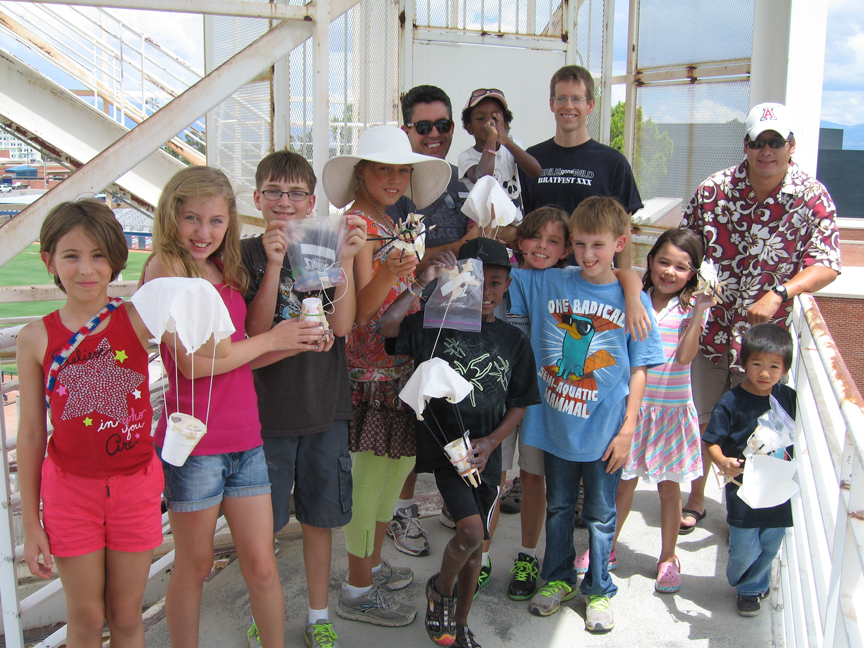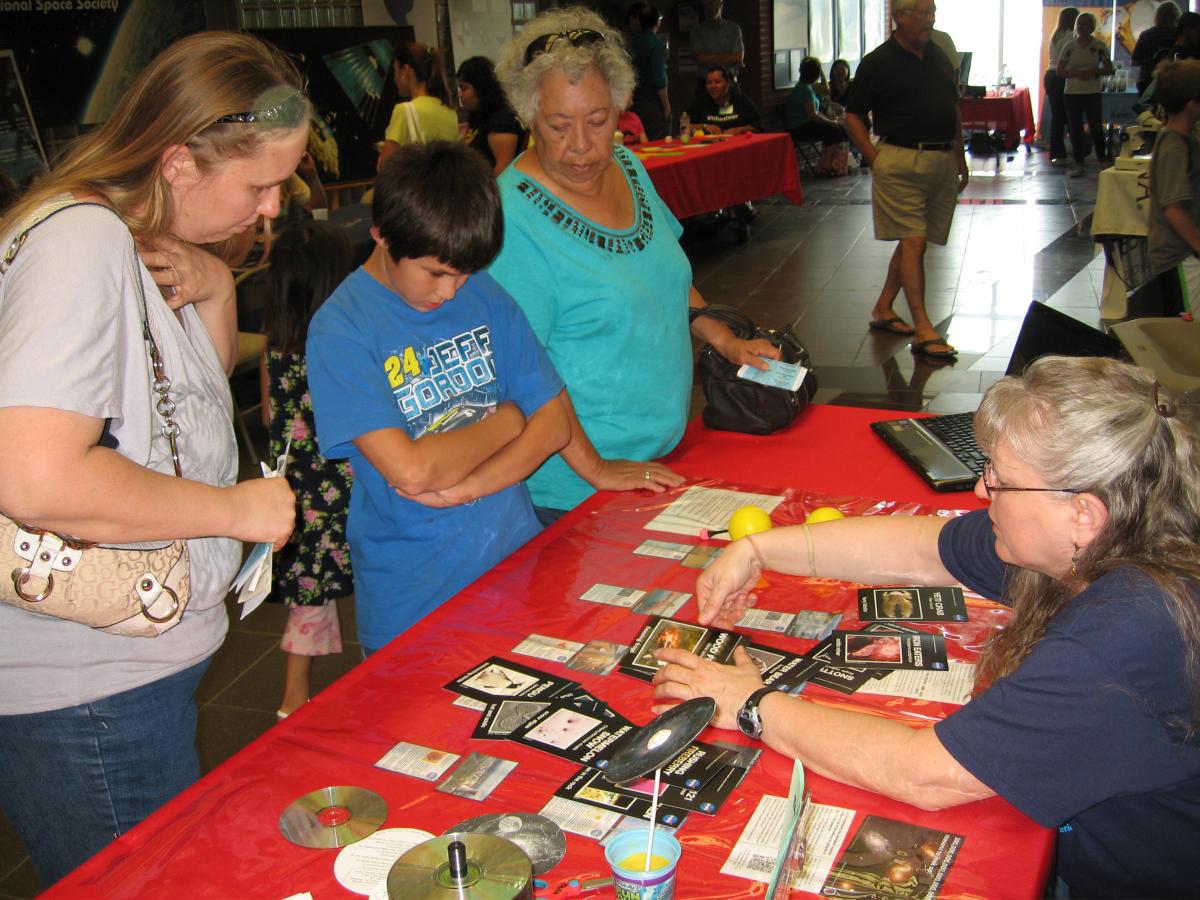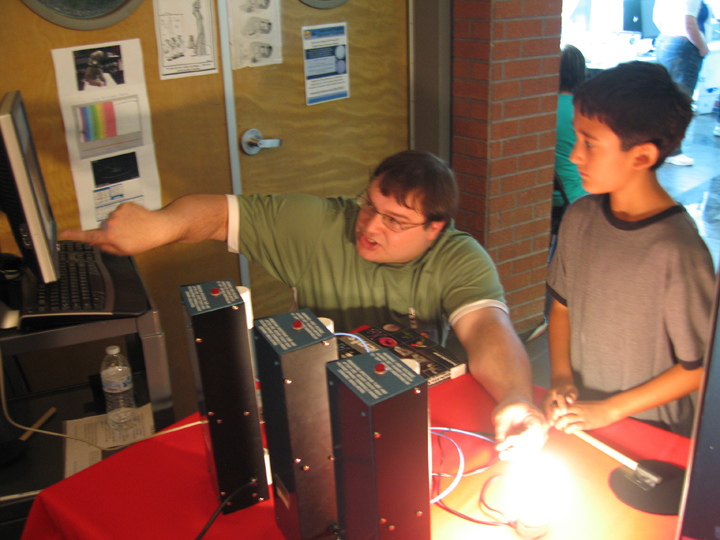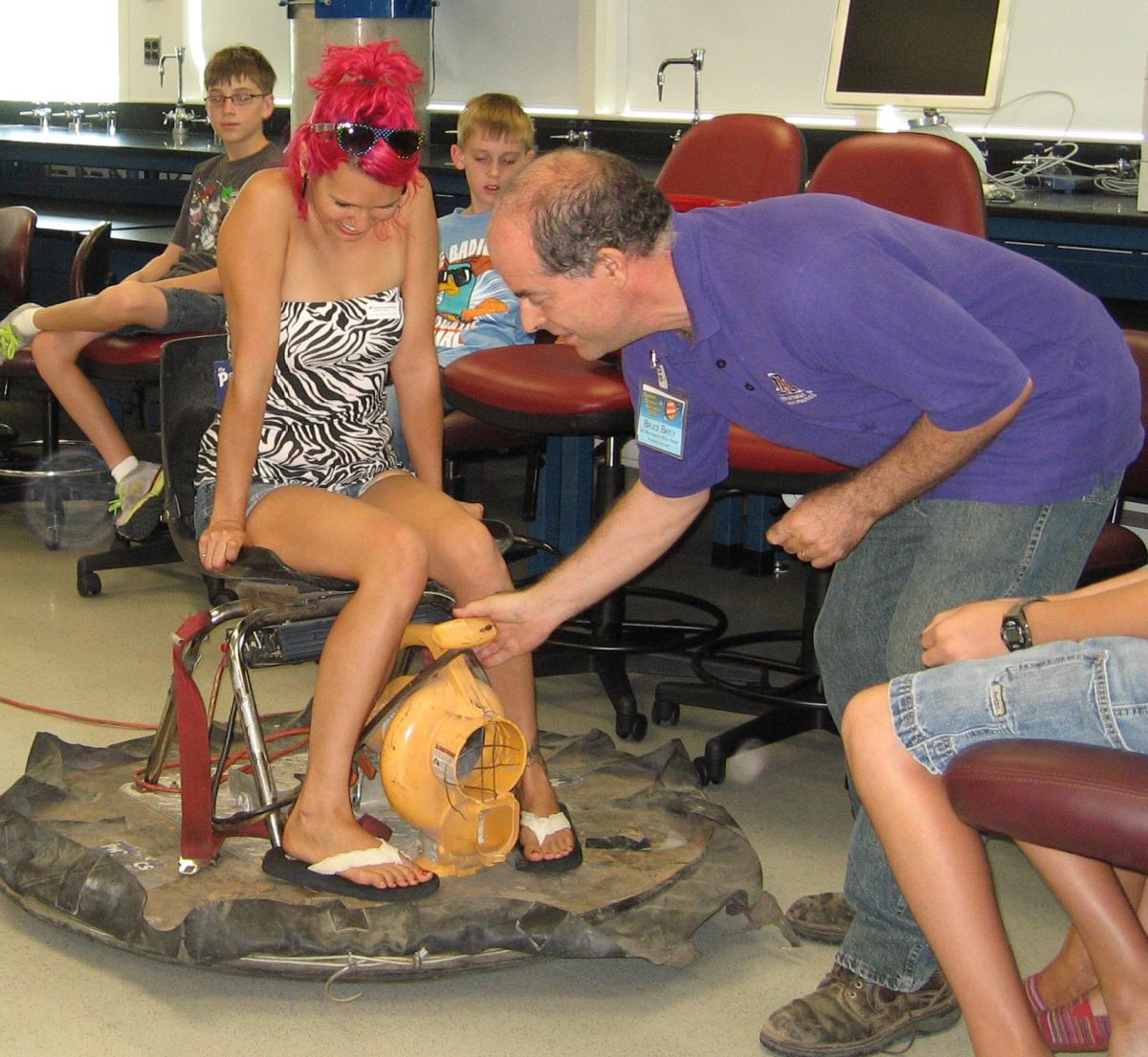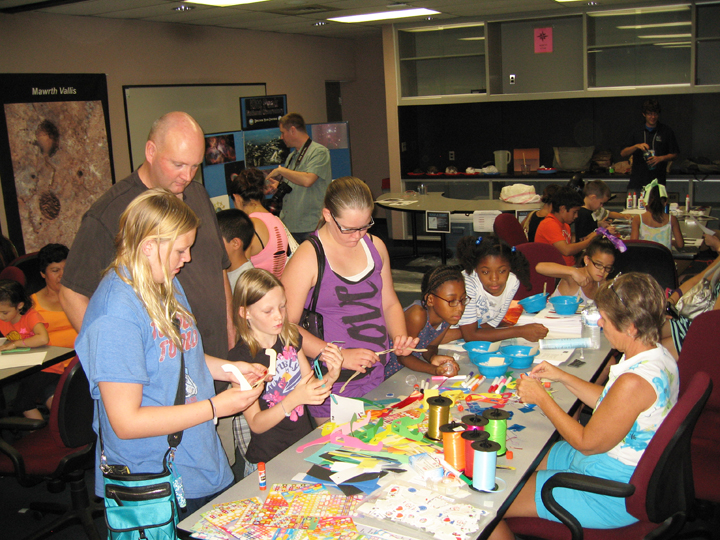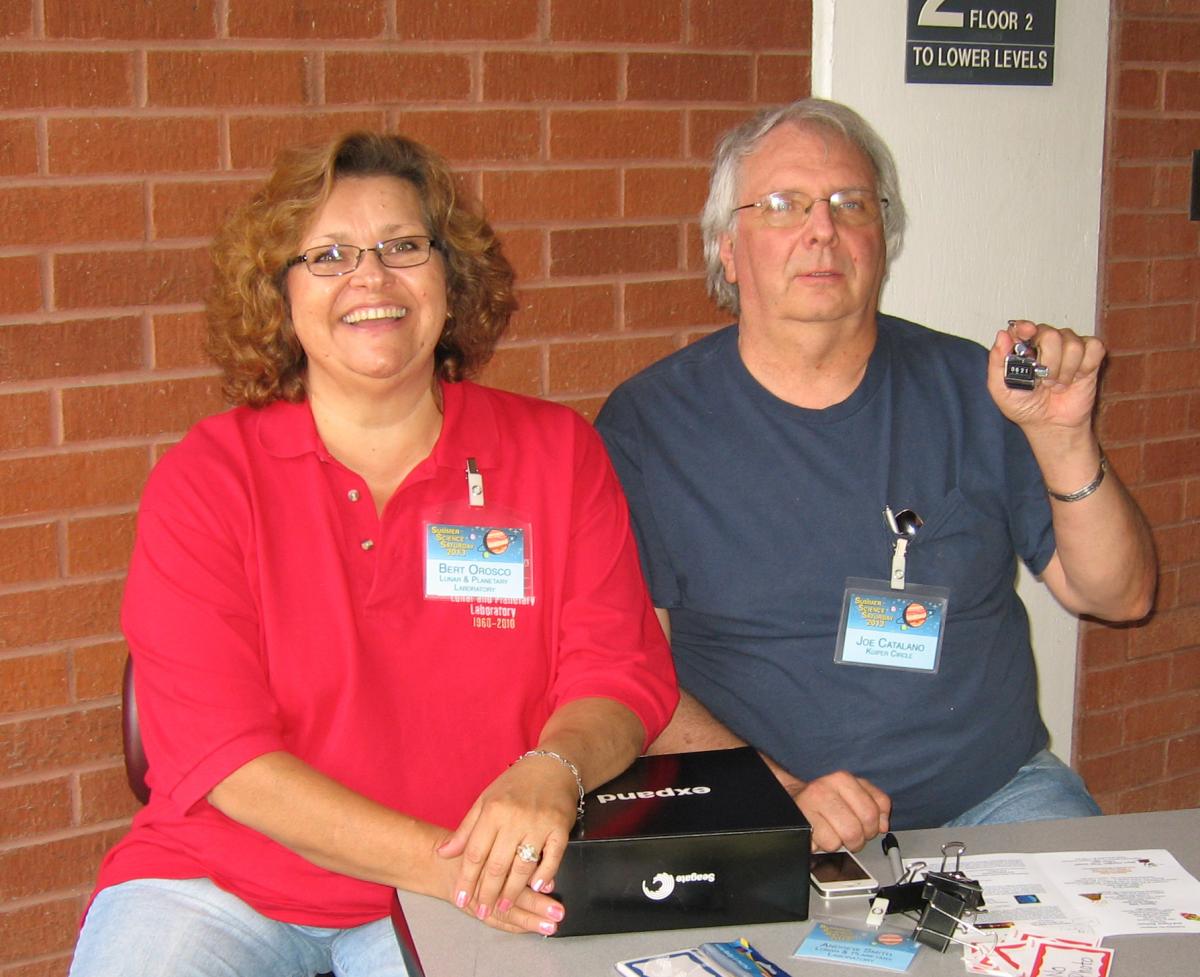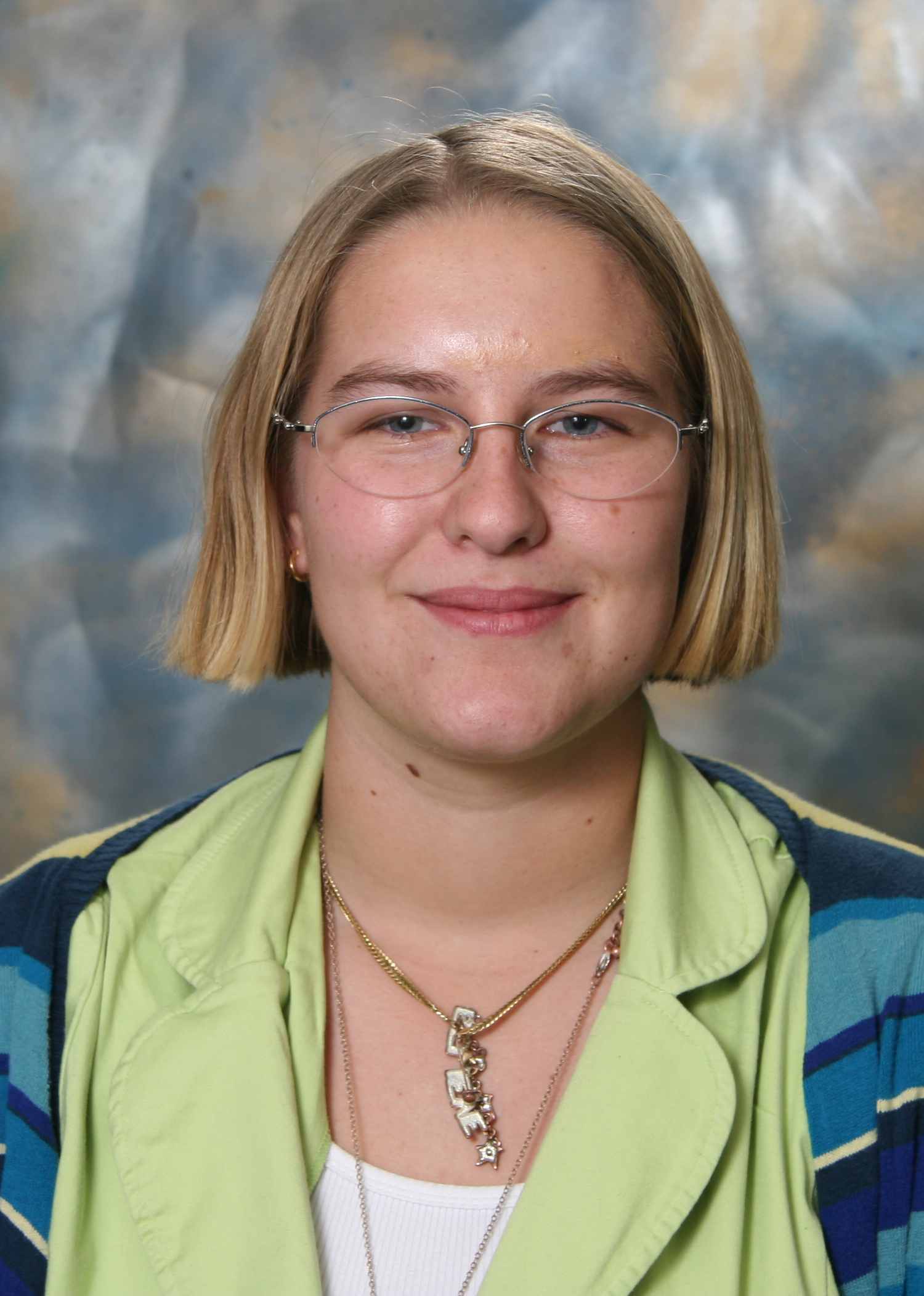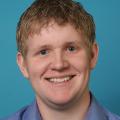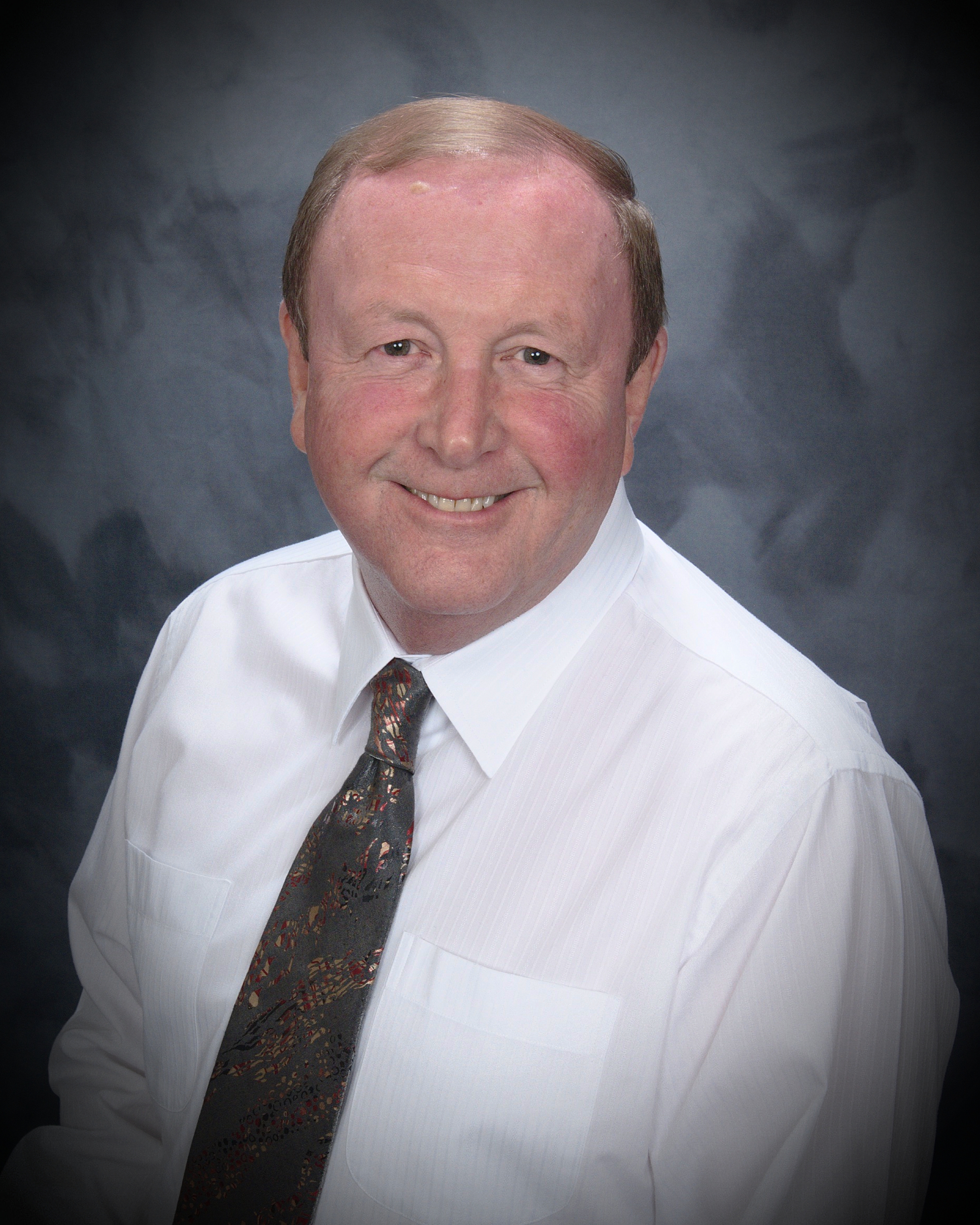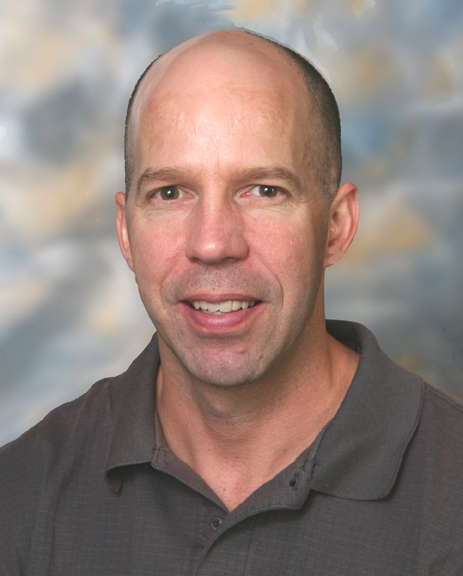 Dr. Steve Kortenkamp has become the new Coordinator of the Teaching Teams Program (TTP). TTP, which is best-known for its support for preceptors in undergraduate classes, was originally developed by Professor Hal Larson. In recent years, Natalia deRoock has served as the coordinator, but Natalia is moving on to join her husband Roberto (who has also worked for TTP), who accepted a position at Arizona State University.
Dr. Steve Kortenkamp has become the new Coordinator of the Teaching Teams Program (TTP). TTP, which is best-known for its support for preceptors in undergraduate classes, was originally developed by Professor Hal Larson. In recent years, Natalia deRoock has served as the coordinator, but Natalia is moving on to join her husband Roberto (who has also worked for TTP), who accepted a position at Arizona State University.
Steve has taught General Education courses in LPL for several years, and was the 2011 winner of the College of Science award for Innovation in Teaching. He has been working as Senior Scientist at the Planetary Science Institute, doing research on orbital dynamics and developing K-12 outreach programs. In addition, Steve is the author of more than a dozen children’s books about space and space science.
We welcome Steve to his expanded role at LPL!


